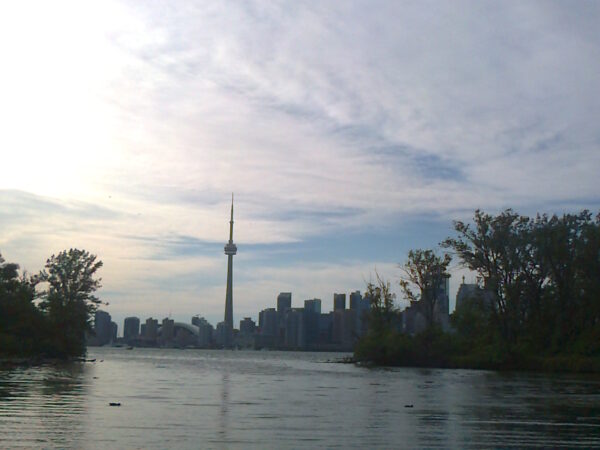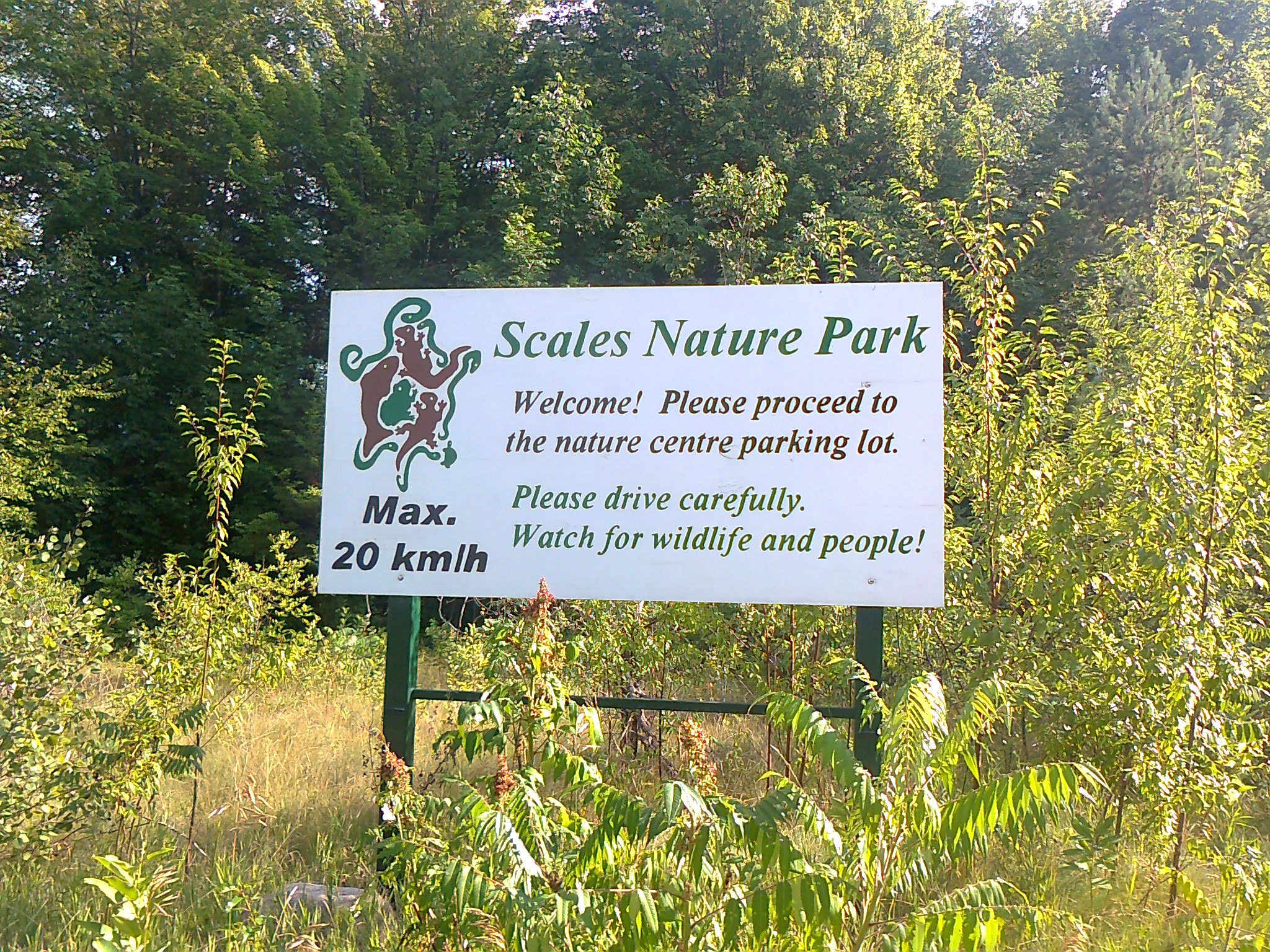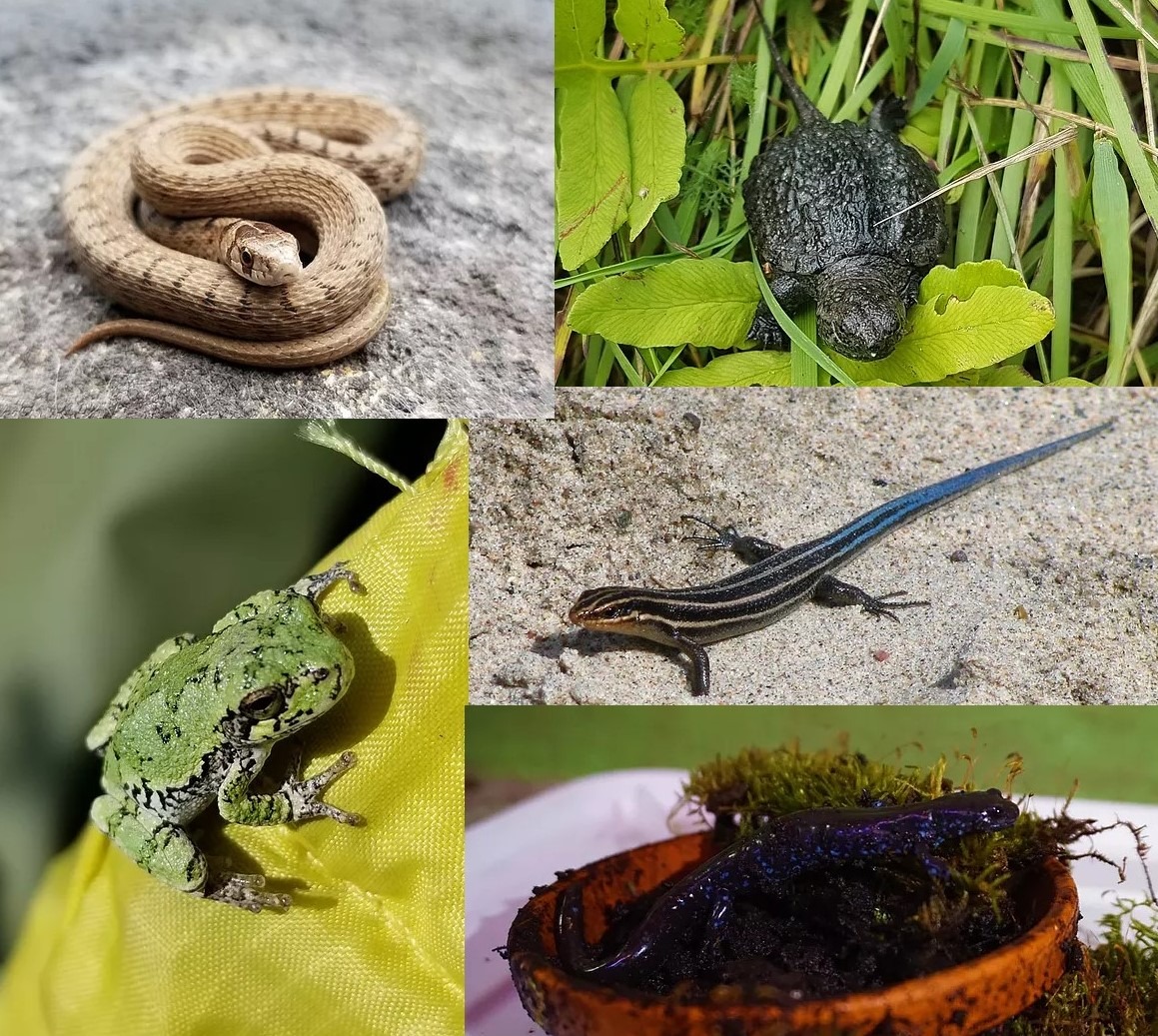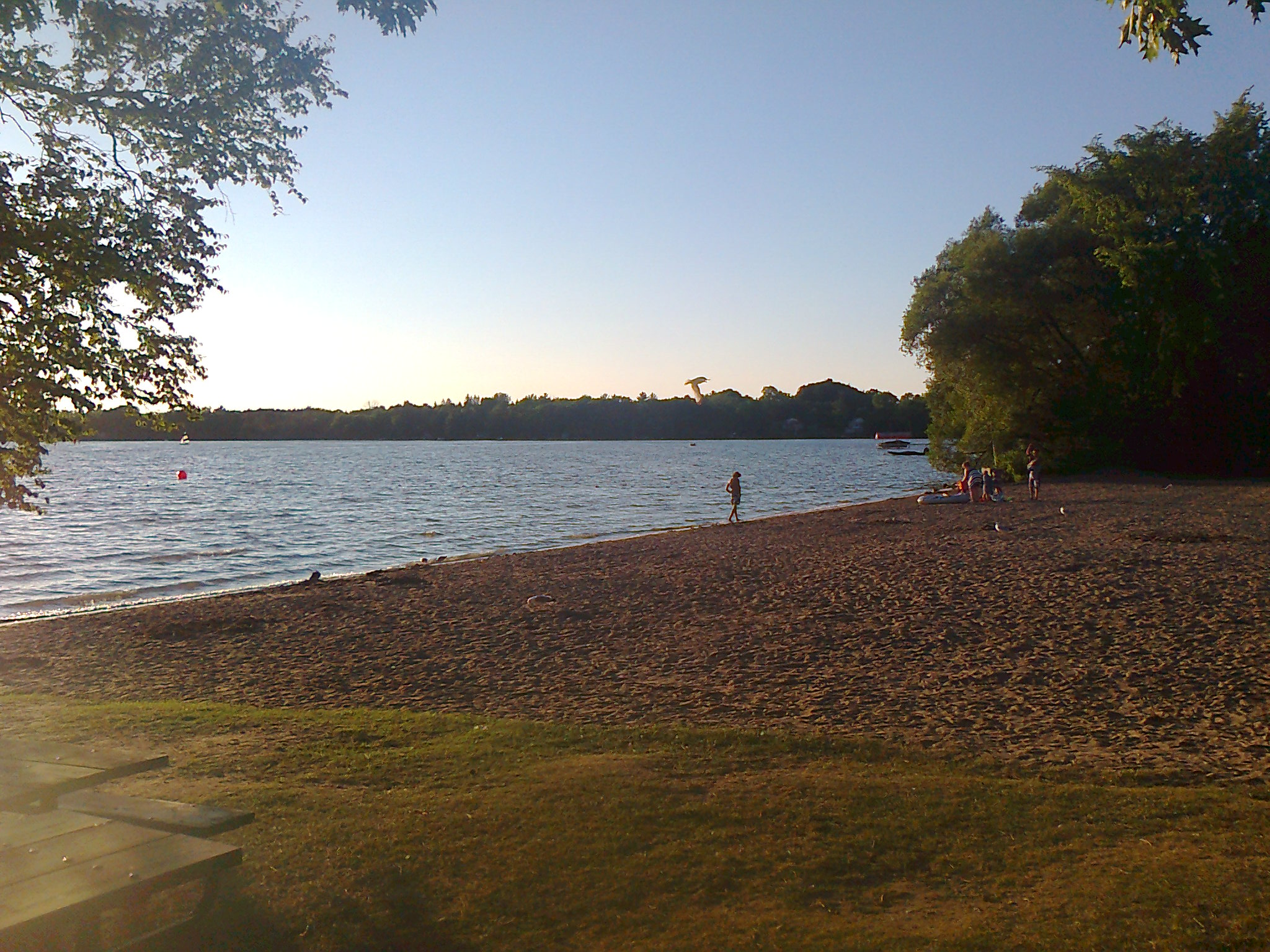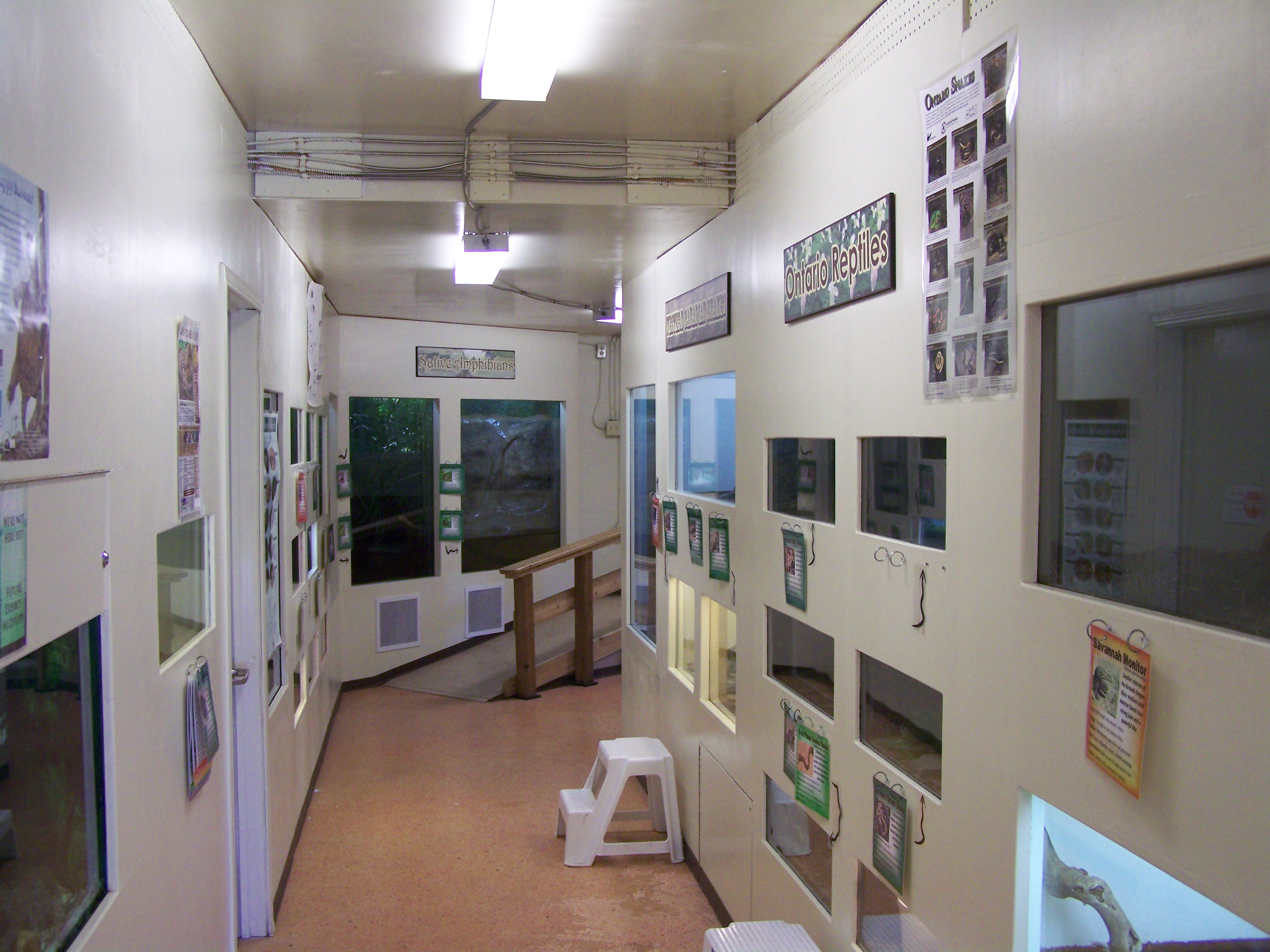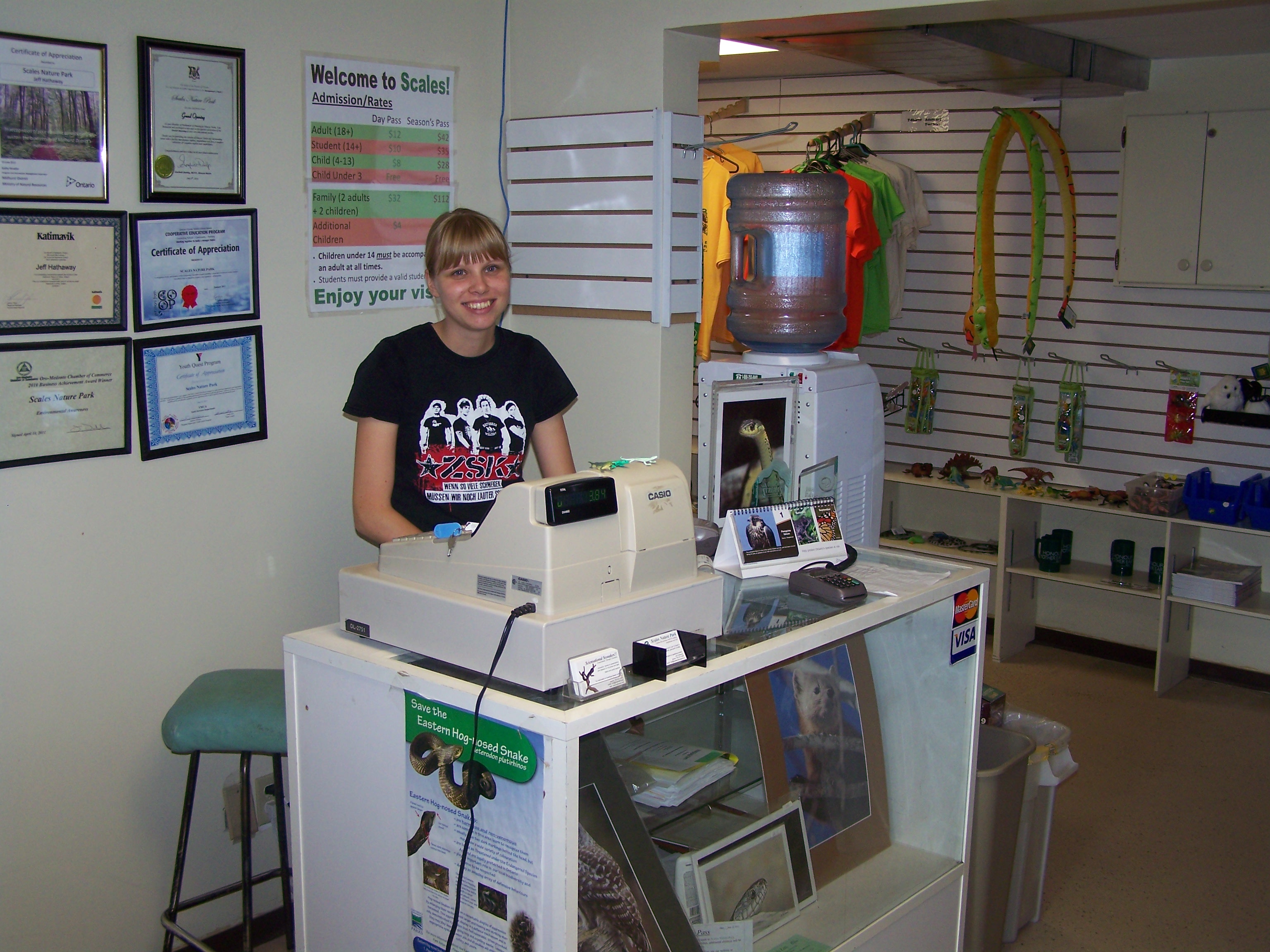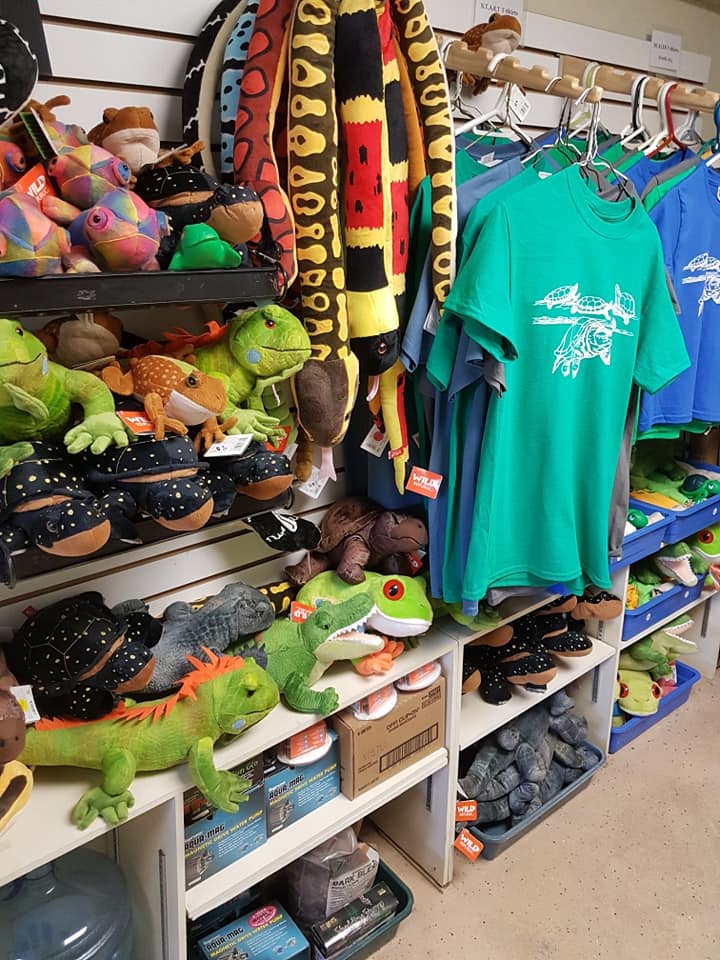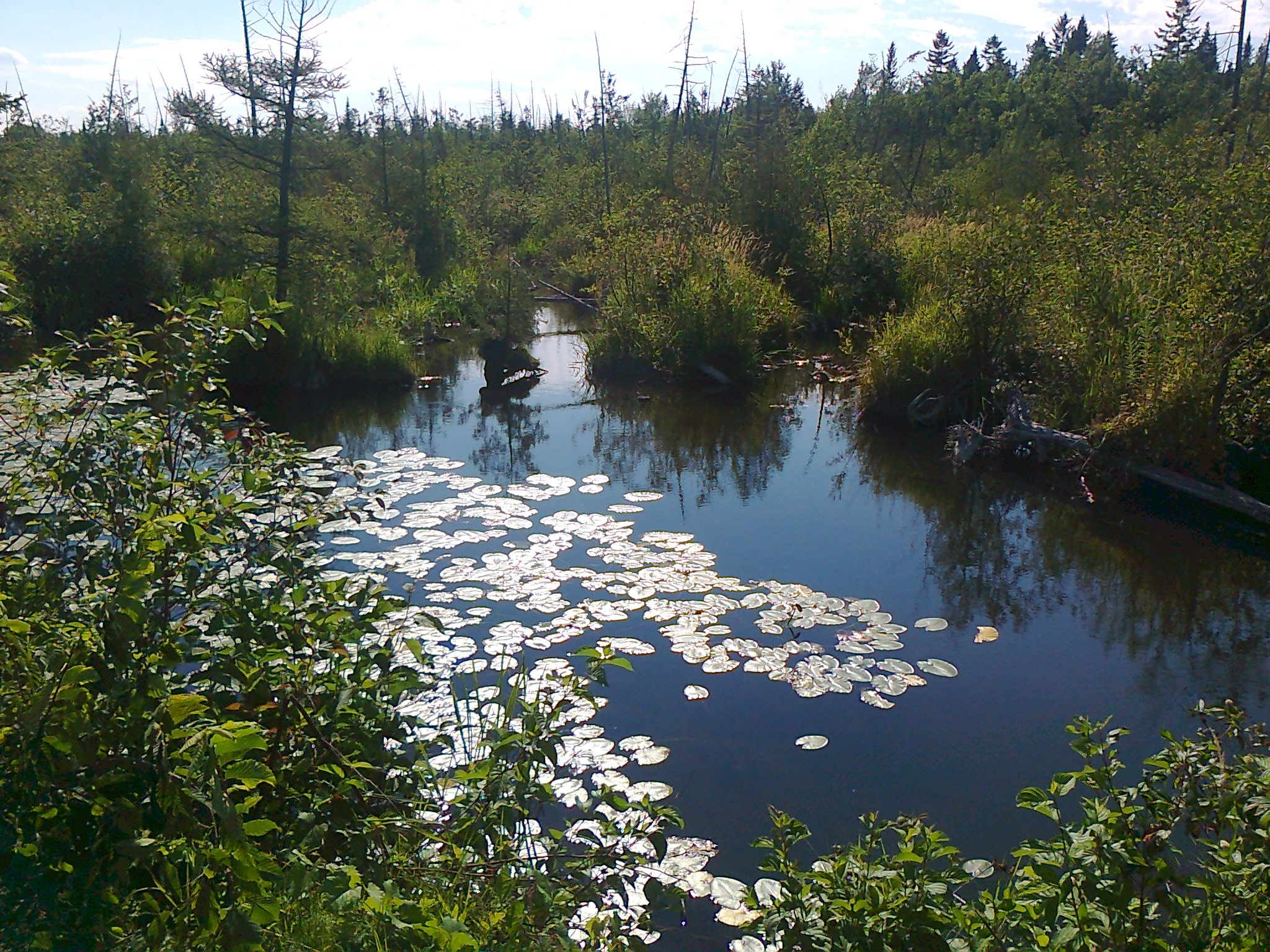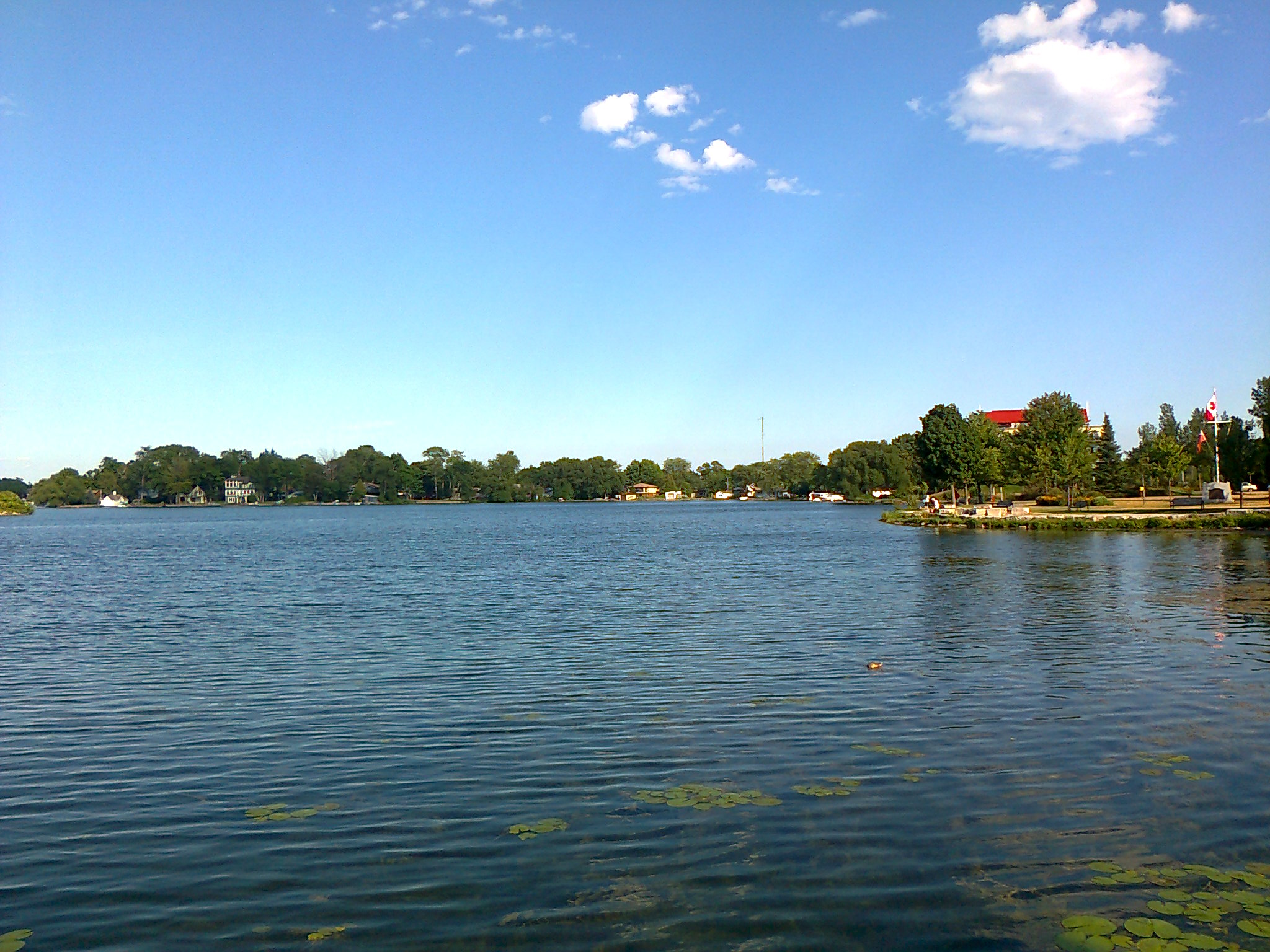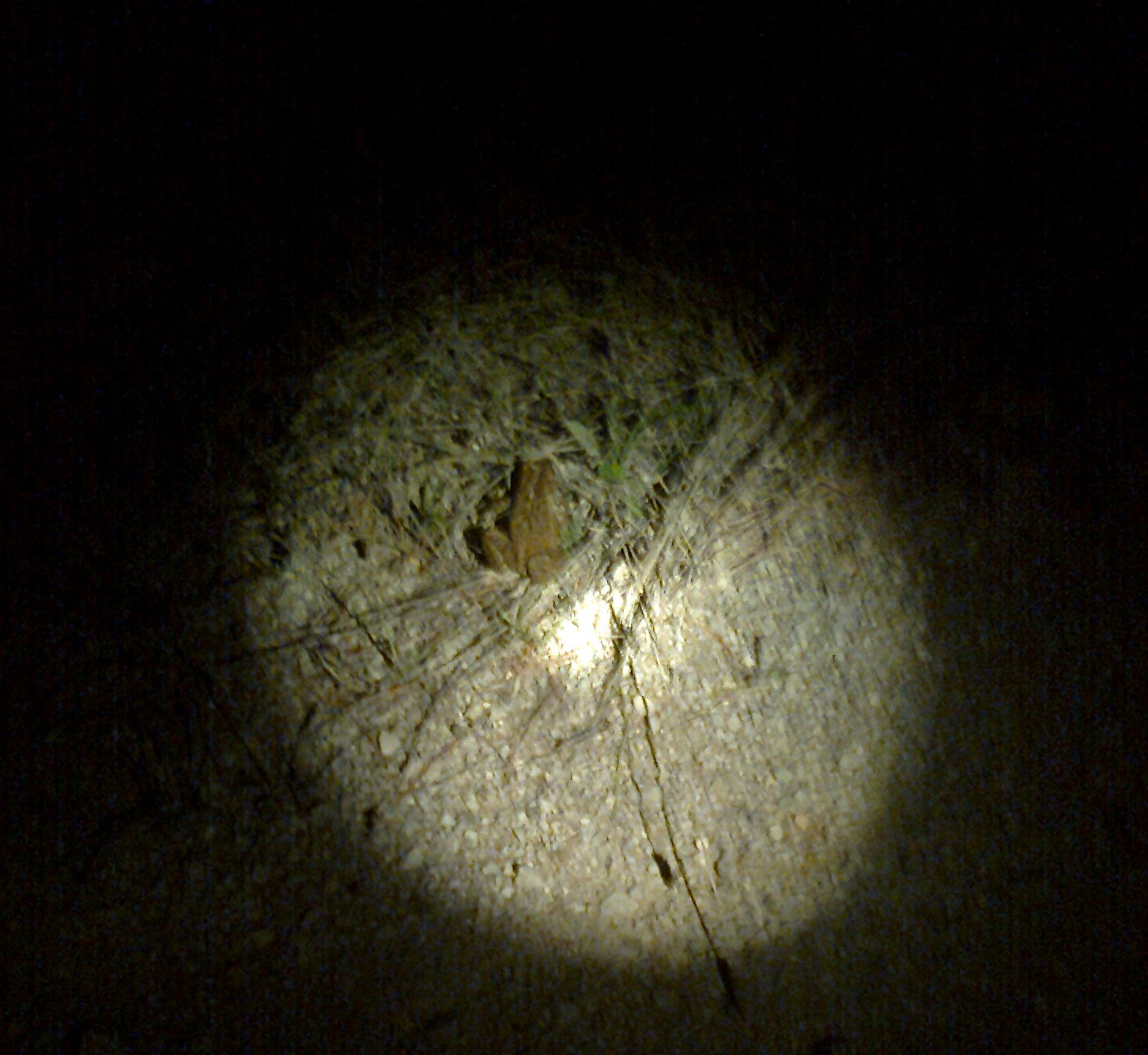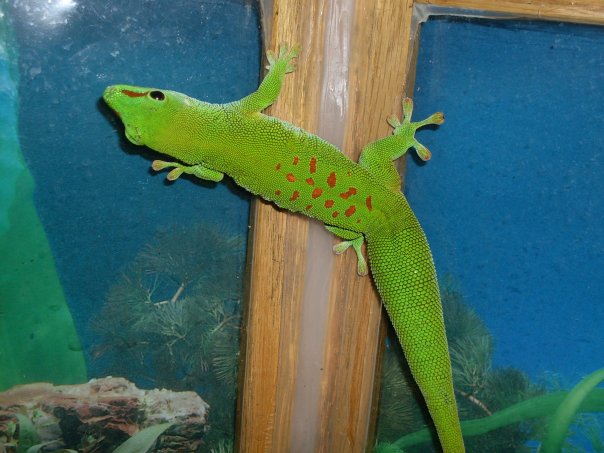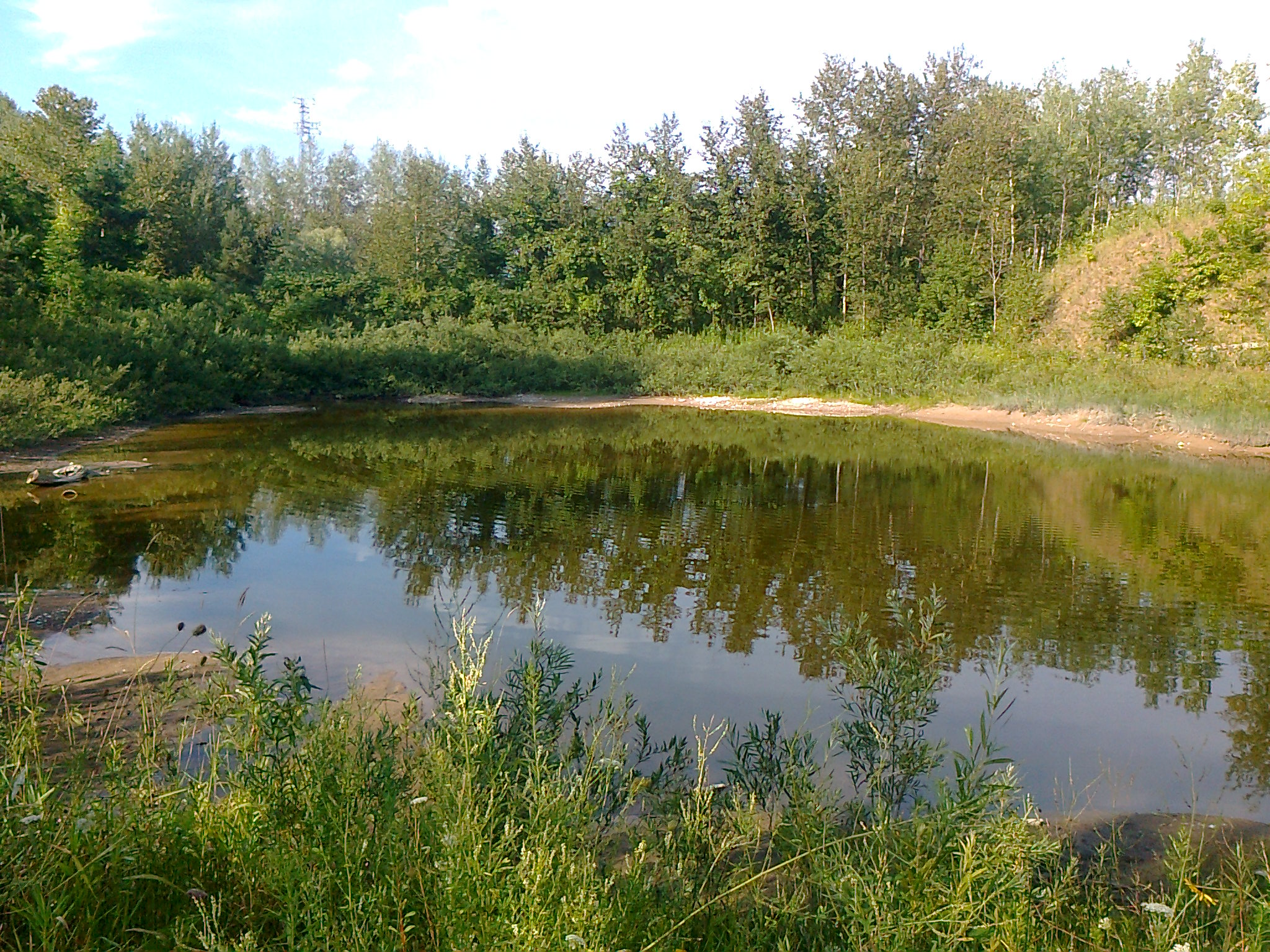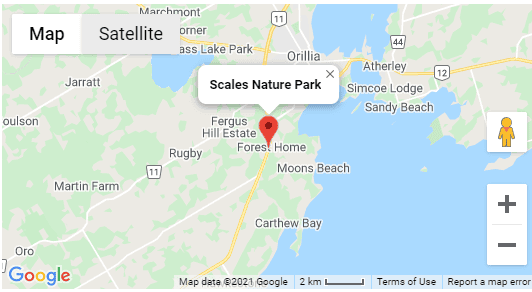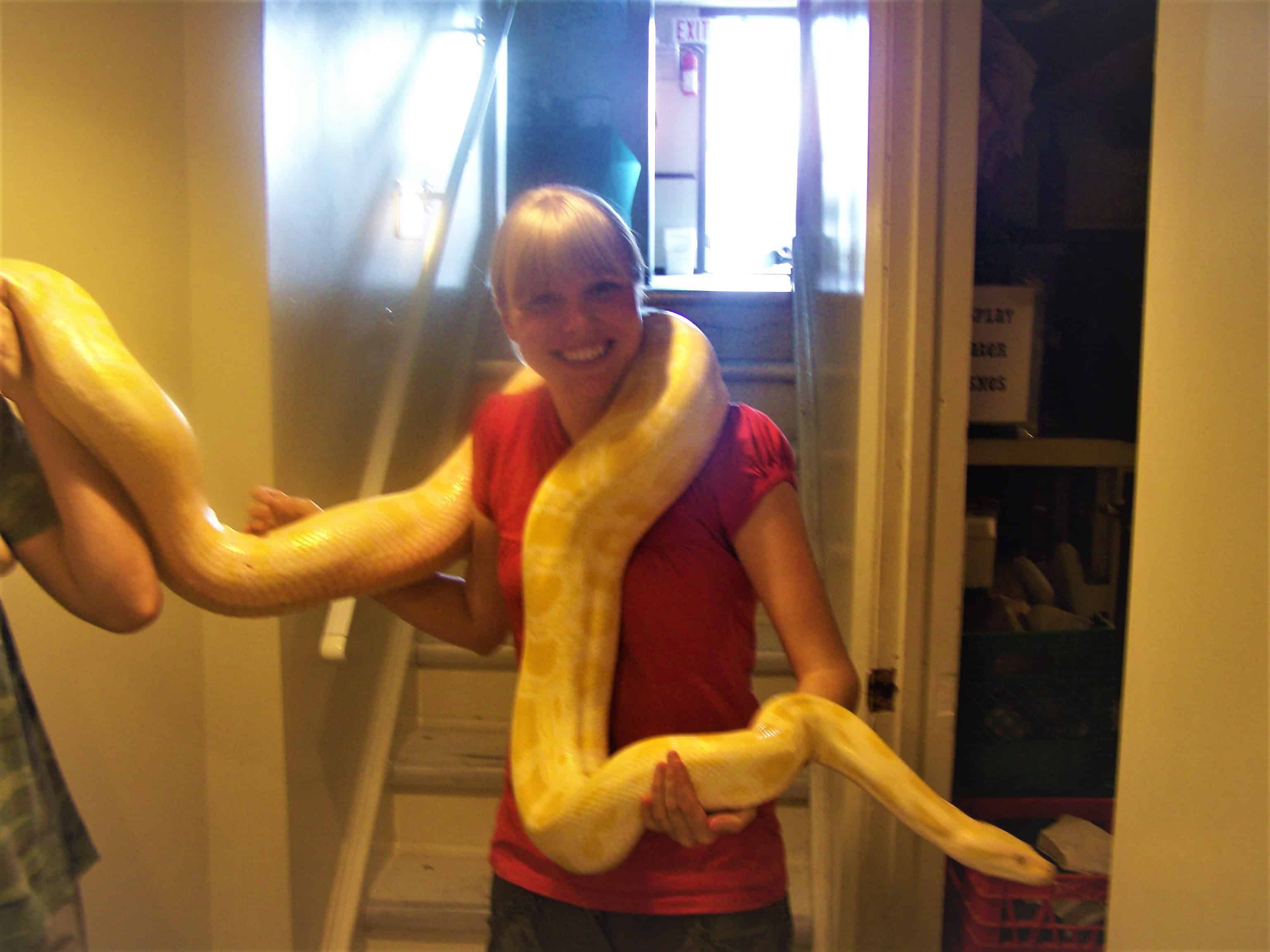Last Updated: September 21, 2023
When I first arrived in Canada in May 2012, I spent about a month in Toronto. I’d never been there, so unlike many other people I know, who started their Canadian adventure in Vancouver, I decided to check out Toronto.
Toronto is in the eastern province of Ontario, and is Canada’s largest city by population (3 million in 2022). This city is known for business, technology, architecture, arts (e.g. music, design, theatre, and TV productions), fashion, culture (museums and galleries, sports events, festivals, national historic sites, etc.), and tourism.
Toronto Pearson International Airport is the busiest and largest airport in Canada, and more than 43 million people from all over the world visit this city every year. Toronto has tons of cool attractions, such as CN Tower, Kensington Market, Sugar Beach Park, Lake Ontario and the famous NXNE Festival in June every year. So let’s go! 😀
The Best Things To Do in Toronto
CN Tower
As I’m walking around downtown Toronto on my first evening in 2012, a tower higher than any other building amazes me. It’s CN Tower (301 Front Street W, Toronto ON M5V 2T6), a communications and observation tower built out of concrete, that is 553.30 meters (1,815.3 ft) high.

CN Tower is Toronto’s major landmark, first opened in 1976, and more than 1.5 million visitors stop here each year. Until 2009, it was the world’s highest tower!
So soon after, I got in line for one of the six glass elevators, that took me up to the Main Observation Level in only 58 seconds! This area is at 346 meters (1,136 ft), and what a great way to see Toronto and beyond from a bird’s eye perspective! There’s also a glass floor to stand on and look down. Admission starts at C$ 43 for adults.
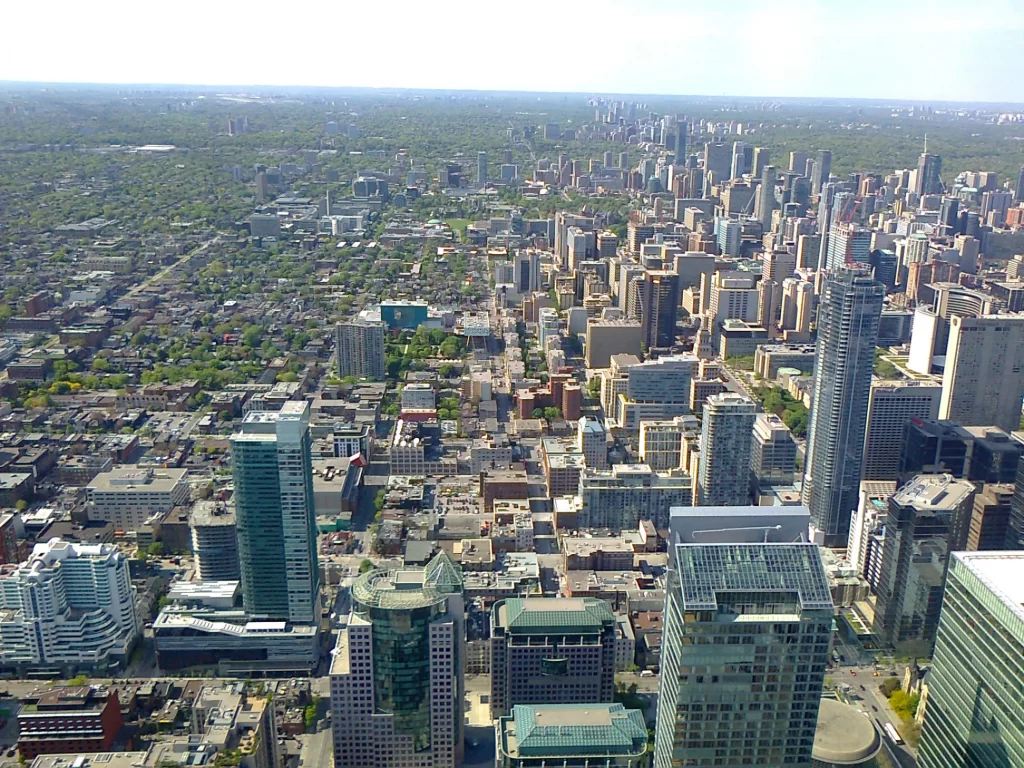
You can even upgrade to access the Sky Pod Level at 447 meters (1,465 ft) for a surcharge of C$ 10, where you can see up to 160 km (99 miles), all the way to Niagara Falls and New York state, if the weather allows. Tickets for both levels can be bought here or at the bottom of the tower.
Another cool thing about CN Tower is that it’s often lit in various colours at night, especially during special occasions, like a hockey or baseball game!
Last but not least, 360 Restaurant, a fine dining place featuring local, fresh, and sustainable meals from across the country is inside this tower, and at 351 meters (1,151 ft), it has the world’s highest wine cellar!
CN Tower is open daily from 9 am to 10 pm.
Edge Walk at CN Tower
When I visited Toronto again in July 2023, I felt really adventurous, so the Edge Walk at CN Tower was a must! This experience includes walking in a circle two stories above the Main Observation deck (at 356 m/1,168 ft) in 30 minutes! First, I had to sign a waiver at the base camp on the ground level, then the helpful staff put me in a special suit, and lastly, our group took the elevator all the way up!
Your body is attached to “an overhead safety rail via a trolley and harness system”, according to CN Tower’s website. Of course, a guide is with you at all times, and if you dare, lean forward, and just enjoy the best view of Toronto! Alex, our guide, was super nice and very understanding of people being a bit scared (me, lol)! :p

Photo credit: CN Tower.
The Edge Walk experience occurs seasonally (in almost any kind of weather), and starts at C$ 199 per person. It includes two photo prints, video, a certificate of achievement, and a visit to the two observation levels. You can also buy digital photo copies for an additional charge.
Kensington Market
Next, spend a few hours at Kensington Market (Kensington Avenue, Toronto ON M5T 2K2), a multicultural and artsy district of Toronto, that has been a World Heritage Site of Canada since 2006. It’s in downtown as well, and has many narrow streets, so it’s easier to walk than drive in this area.
Every last Sunday of the month (except during the winter months), only pedestrians can enter Kensington Market, to enjoy live music and street theatre shows, dancing, and games, as well as the Winter Solstice Festival in December.
The biggest eye-catcher though is the colourful Garden Car on Augusta Avenue & Oxford Street, which is used as a community garden from May to November every year. The original one put up in 2007 retired in 2012, but soon after, the second Garden Car took over, and its look was updated again since then as well. It was launched by “Streets for the People”, a (now inactive) local anti-car advocacy group.

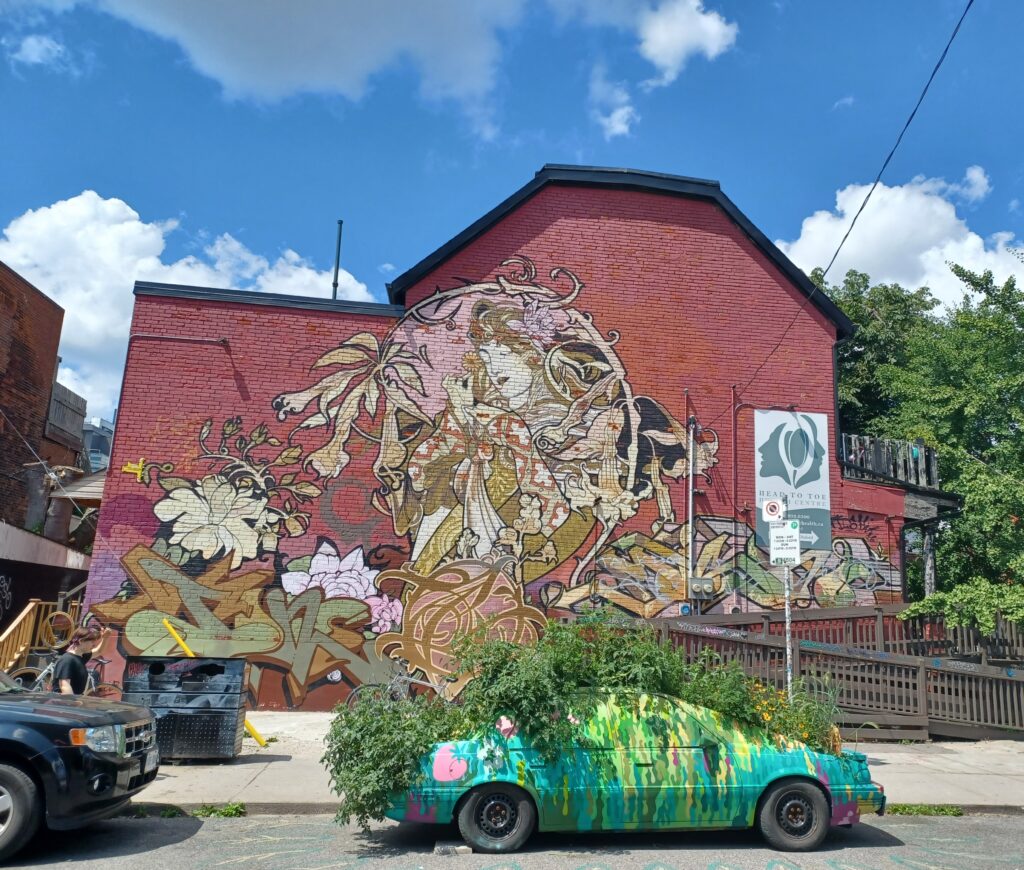
The Garden Car in 2012 (left) and in 2023 (right).
Kensington Market is also famous for its shopping (e.g. meats, fish, vegetable, cheese shops and bakeries), cafés and restaurants (with food from all over the world), clubs, new and vintage clothing stores, and lots of street food.
Kensington Market has been a popular spot for immigrants to live since the early 20th century, so it’s no surprise that its attractions are so diverse today! Lastly, don’t miss the many unique street artworks in this neighbourhood!
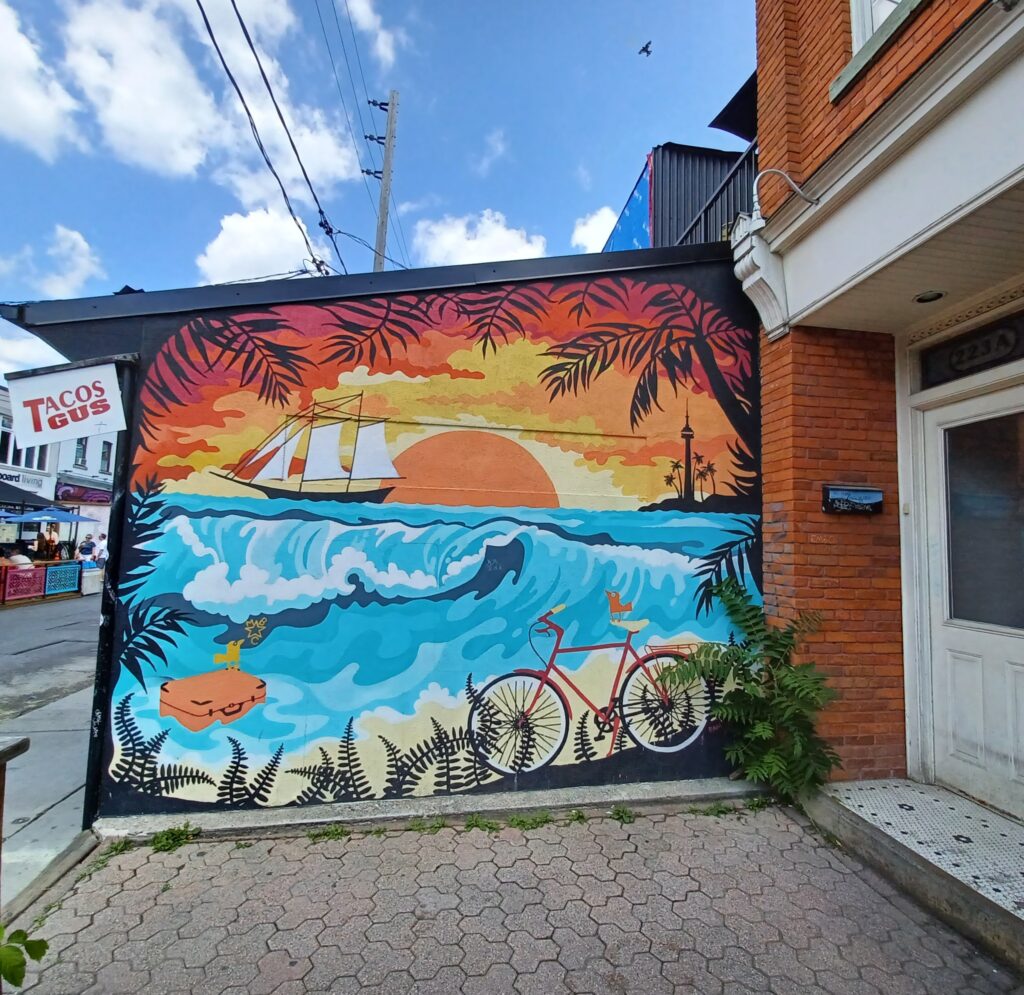

Explore Toronto Islands
Another place worth visiting is Toronto Islands (40 Avenue of the Islands, Toronto ON M5J), a group of 15 small islands inside Lake Ontario, that can be reached by ferry from the Jack Layton Ferry Terminal in downtown Toronto, or by water taxi in just 13 minutes!
Both locals and visitors come here to have a picnic or BBQ at Toronto Island Park, rent a canoe, kayak, stand-up paddleboard, or bicycle. There are also tennis courts, Japanese cherry trees (Sakura), walking trails, playgrounds, water play areas, Centreville Amusement Park and petting zoo, and disc golfing.
This area is also known for its many beautiful beaches, including Hanlan’s Point Beach, where clothing is “not necessary”, one of only two of that kind in Canada! Many of these attractions, as well as the Gibraltar Point Lighthouse, completed in 1908, are on Centre Island, the largest and most popular of Toronto Islands.
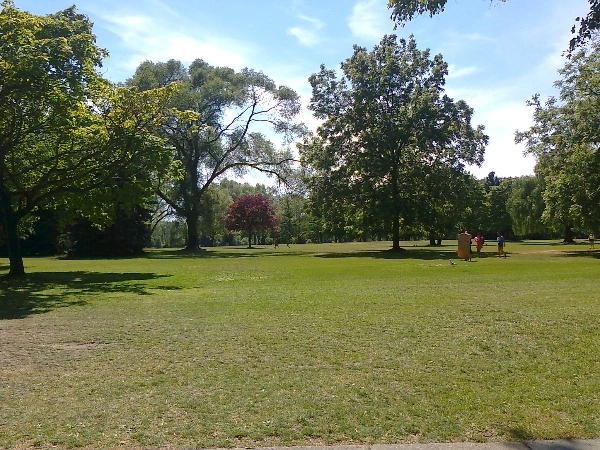
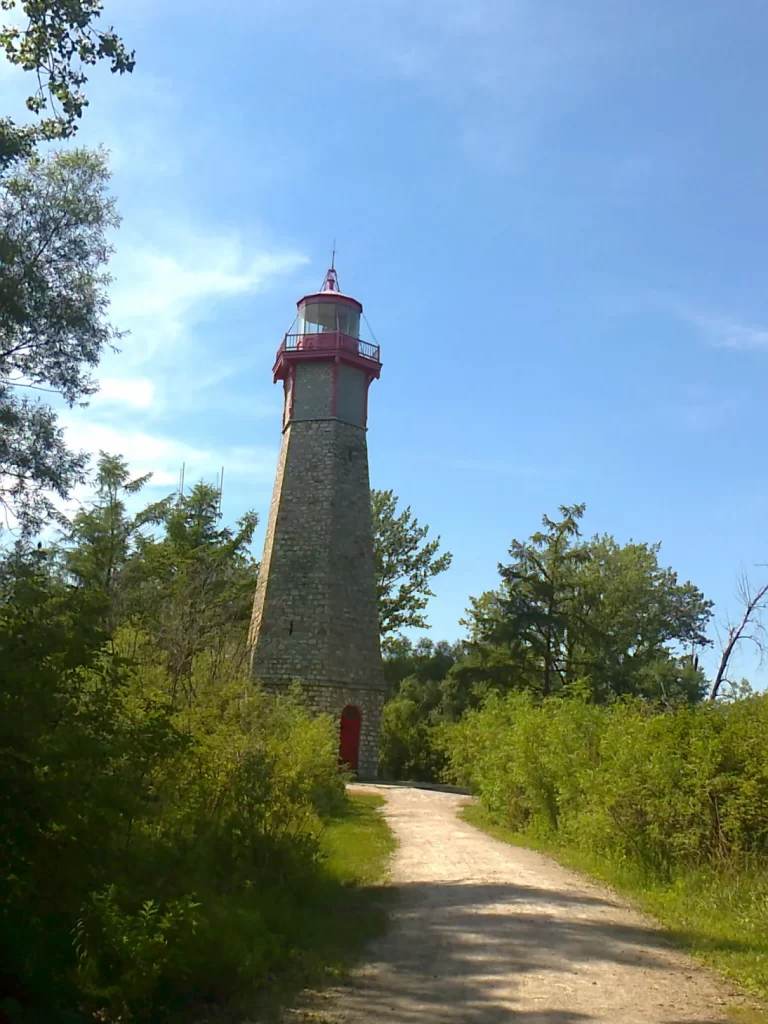
But don’t worry, all islands are connected by bridges and pathways, so it’s easy to get to the other islands. The entire island area is about 5 km (3.1 miles) long.
I especially like the view of Toronto Skyline, which always makes a nice picture, whether it’s rain or shine! Toronto Islands is also home to various wild animals, like turtles, herons, swans, Canada geese, and 35 species of fish, and it’s pretty much a car-free area (except for service vehicles).
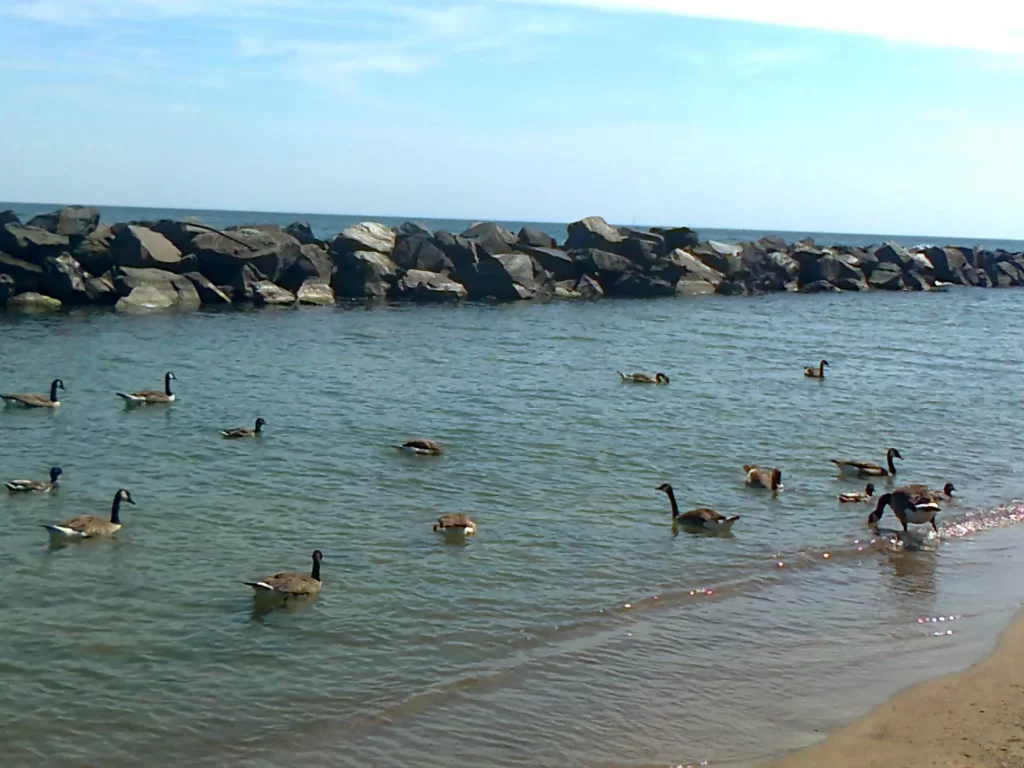
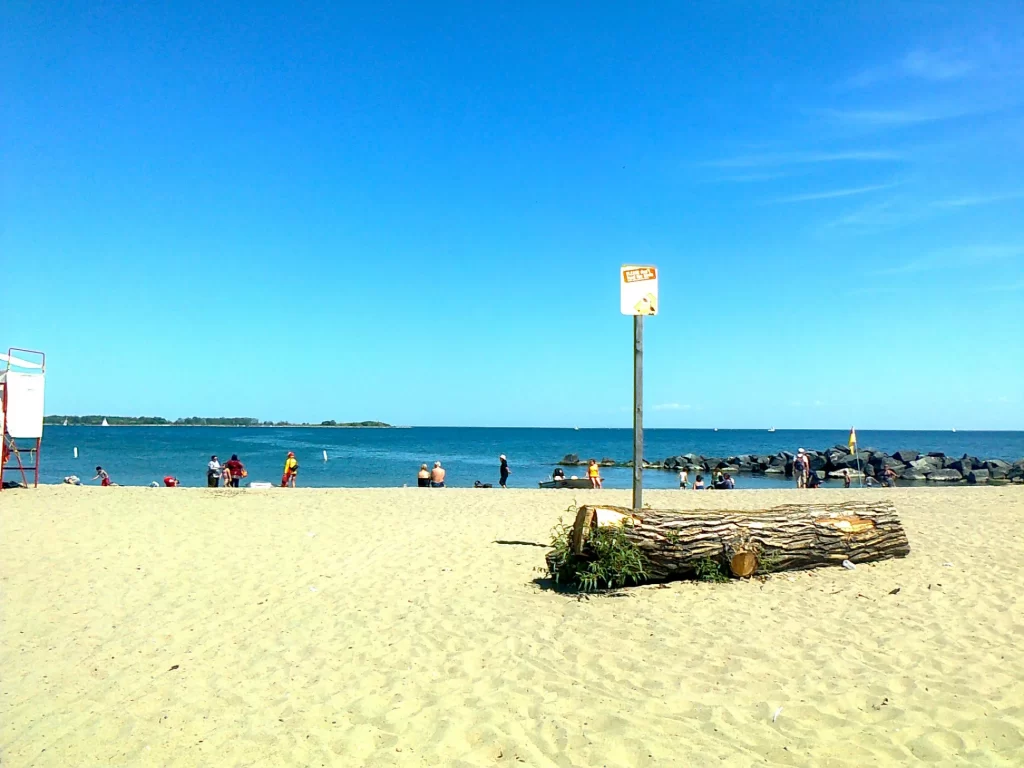
The ferry goes to Centre Island, Hanlan’s Island, and Ward Island several times a day, and roundtrip tickets can be bought online or right by the ferry dock in downtown Toronto.
Dogs on a leash are welcome on Toronto Islands, and there are some cafés and restaurants as well. So Toronto Islands is an awesome spot for anyone looking to relax or explore, and escape from the bustling city life for a bit!
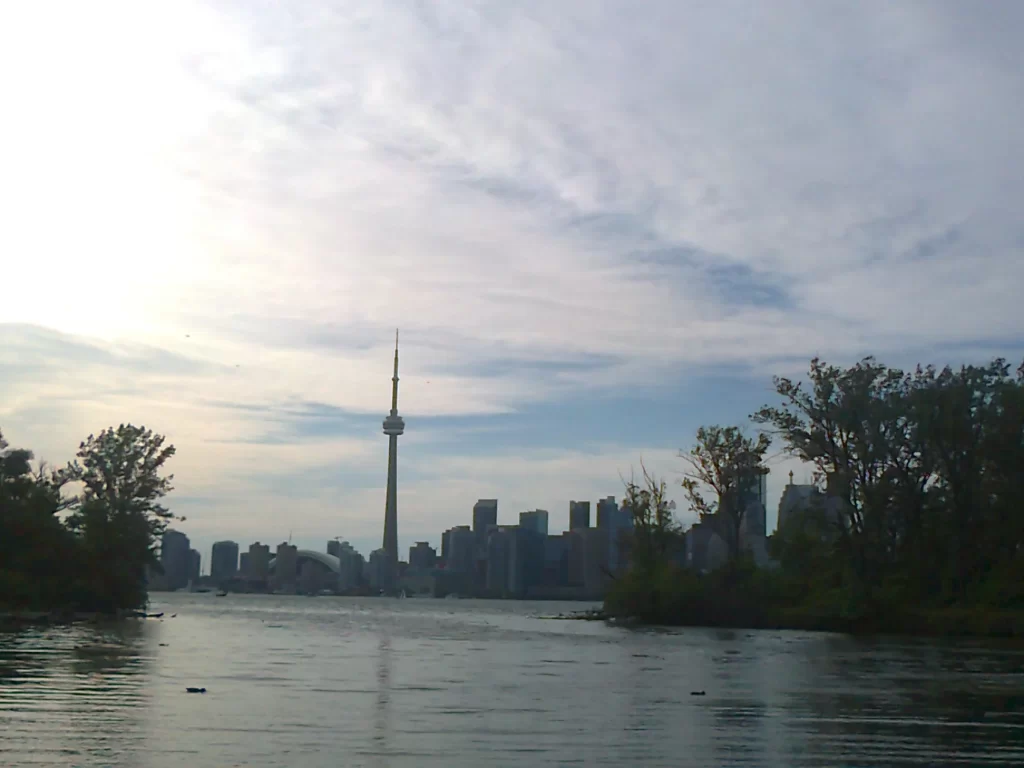
NXNE Music & Gaming Festival
If you’re in Toronto in June, visiting the NXNE Music & Gaming Festival, which lasts for 10 days, is a must! It has been a part of Toronto’s entertainment scene since 1995. Its main location is Yonge-Dundas Square and a part of Yonge Street, but also many other venues in downtown.
Apart from live music, visitors can watch comedy shows, participate in eSports gaming tournaments, and browse a flea market. According to NXNE’s website, more than 200,000 people visit this festival every year.
NXNE Festival has been proud to host many local but also some famous music acts over time, like Billy Talent, Iggy and the Stooges, The Lumineers, The Tragically Hip, and Ludacris. The open air shows at Yonge-Dundas Square are always free, but you’ll have to pay for a ticket to go to concerts at other venues.
I visited the NXNE Festival in 2012, and found out by accident about the headliners playing at Yonge-Dundas Square: Bad Religion, another punk rock band I love! I arrived just after the show started, so I was at the back of the crowd this time, but luckily, a screen was nearby, so I felt “closer” to the band, lol!
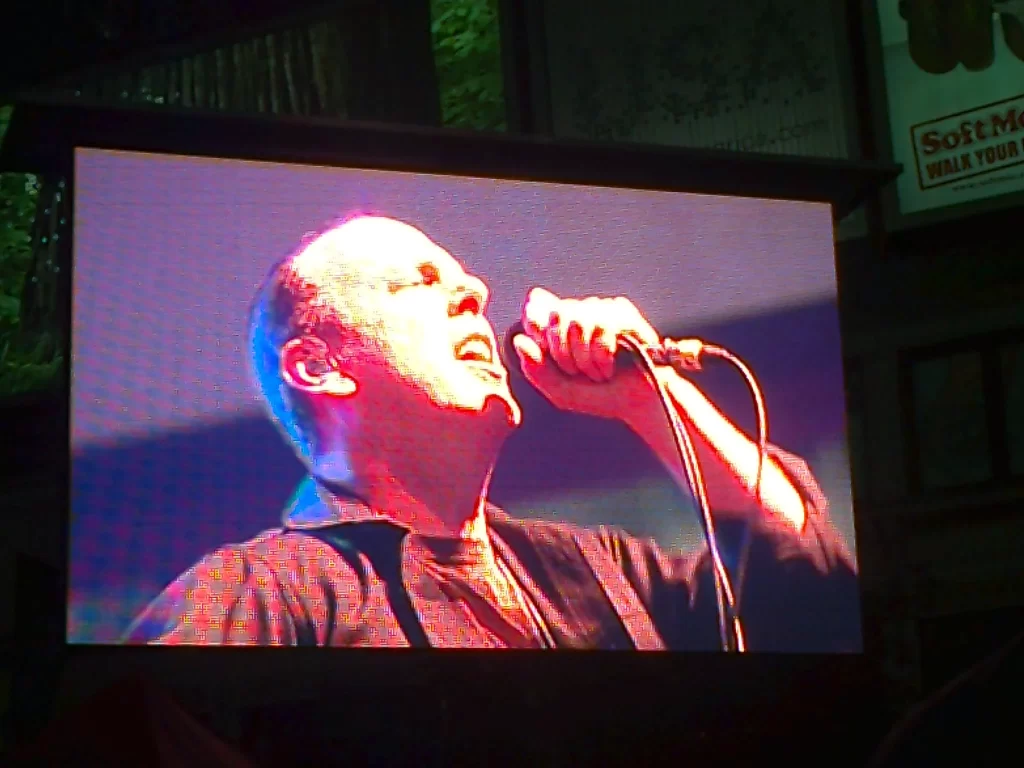

Bad Religion’s lead singer Greg Graffin and bassist Jay Bentley performing at NXNE Music & Gaming Festival in 2012.
Canada’s Walk of Fame
If you’re walking on King Street West and Simcoe Street in downtown Toronto, be sure to look down sometimes, so you don’t miss Canada’s Walk of Fame! This collection of stars looking similar to maple leaves was founded in 1998 and honours famous Canadians from various fields.
Examples are Bryan Adams, Terry Fox, The Tragically Hip, Jim Carrey, Michael J. Fox, Neil Young, Wayne Gretzky, and Alexander Graham Bell. Since the first induction in 1998, more than 190 Canadians have been added, and you can even nominate a celebrity who you think deserves to be a part of this!
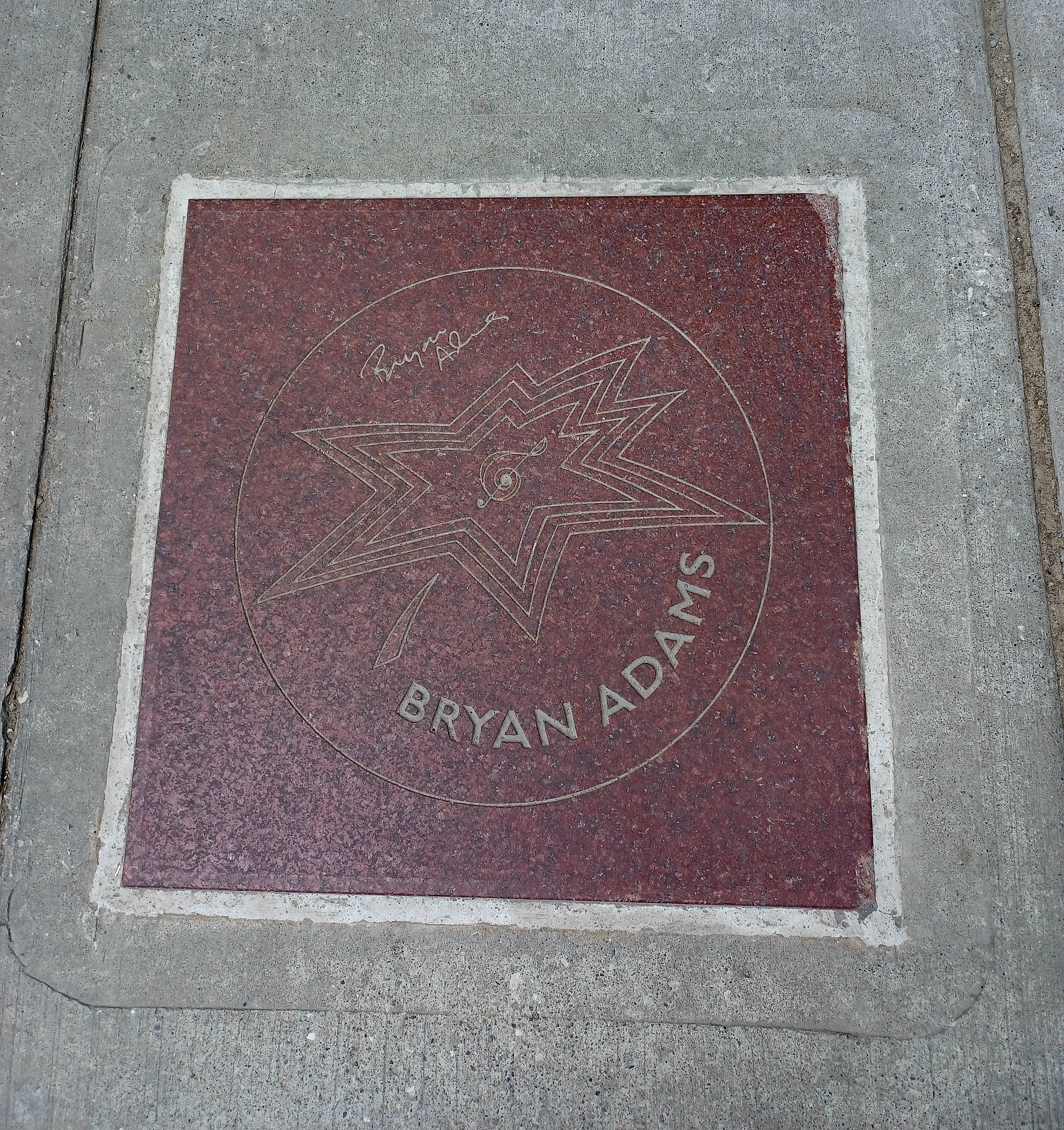
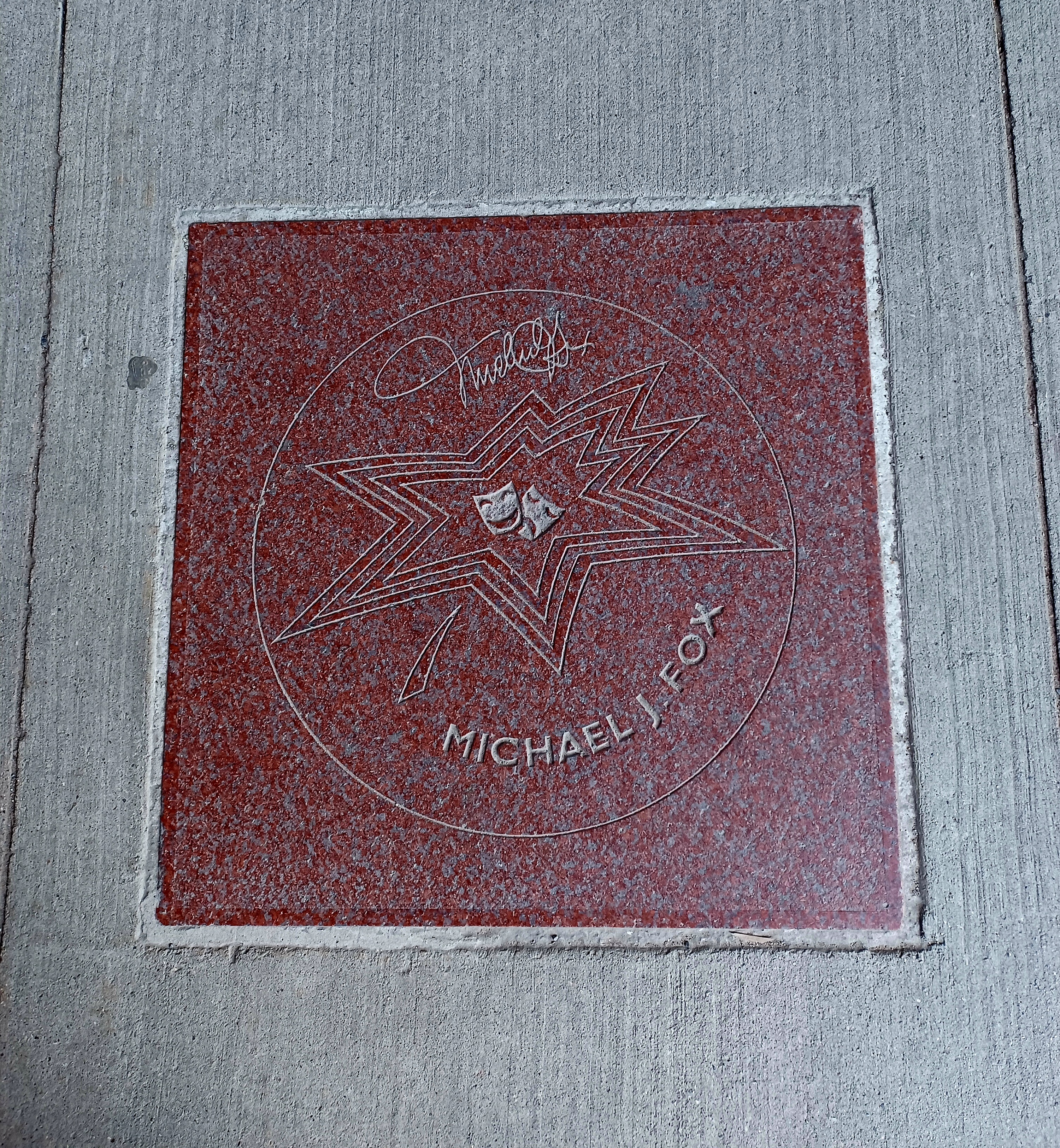
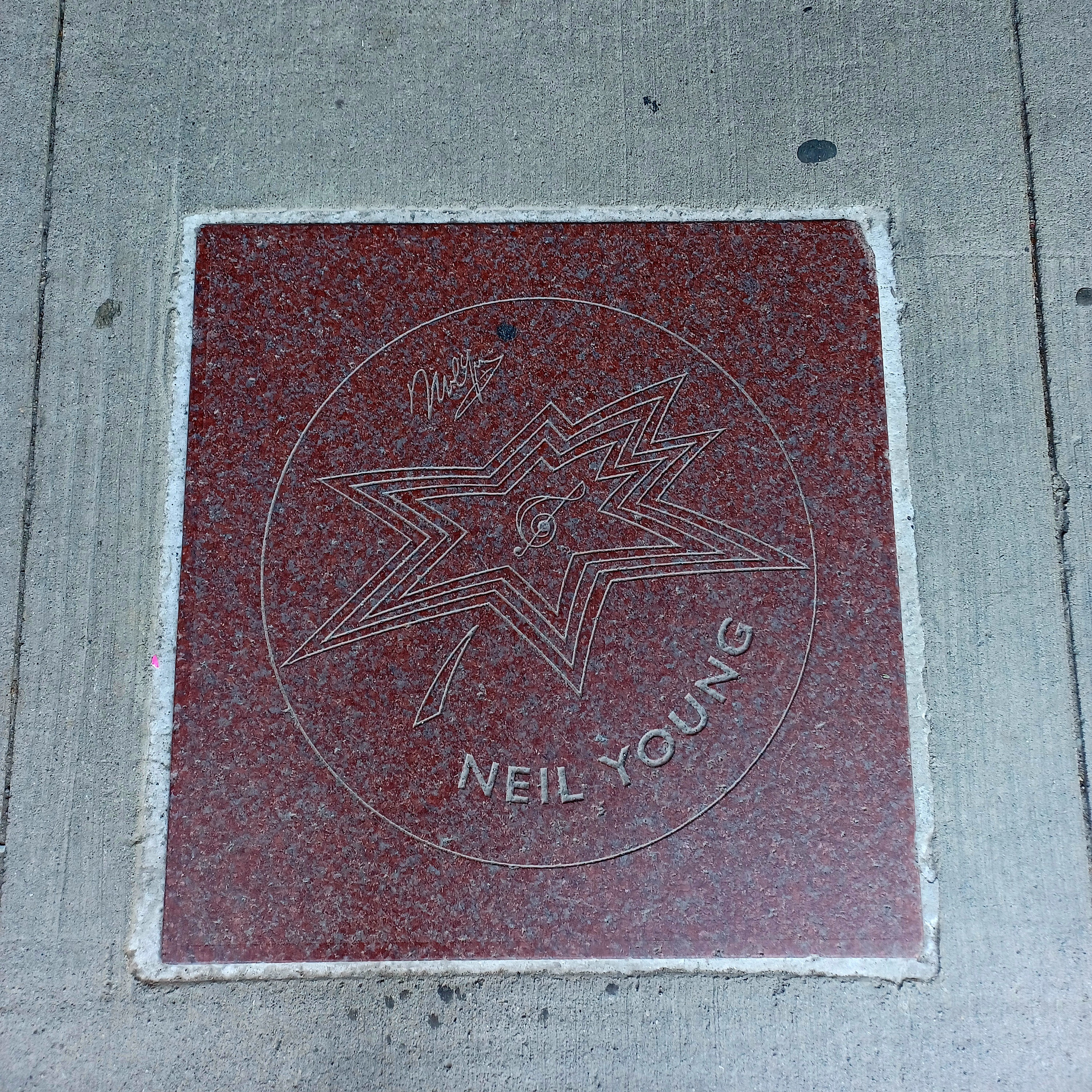
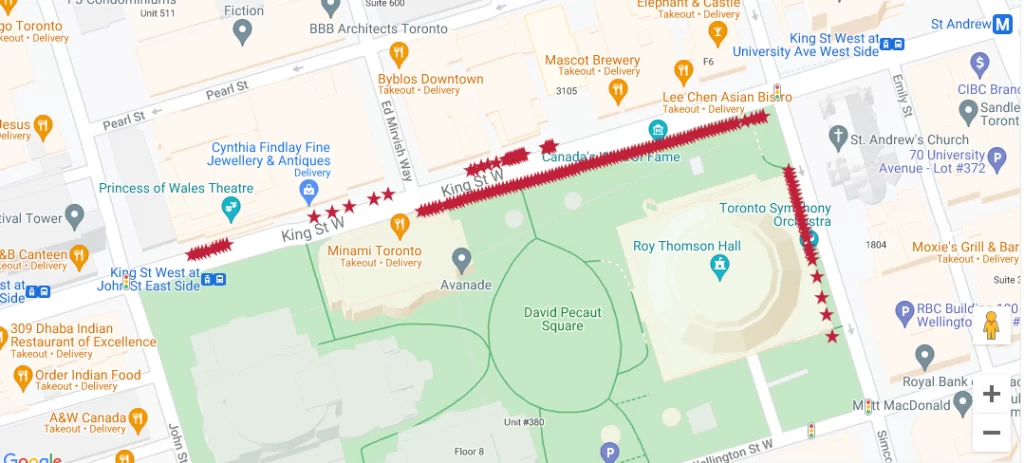
A map of the stars of Canada’s Walk of Fame (Photo credit: Canada’s Walk of Fame).
Lake Ontario
Next, sit by Lake Ontario for a little bit. It’s a nice spot to relax, soak up the sun, and watch the many boats and ships go by. Lake Ontario is the smallest of the five Great Lakes in North America by surface (18,960 sq km/7,340 sq miles), and is accessible through parts of Southern Ontario and a part of New York state.
The word “Ontario” was taken from the Huron word Ontarí’io, which means “great lake”, and the deepest spot of Lake Ontario is at 244 m (802 ft). Since 1954, nearly 50 people have completed a swim across Lake Ontario.
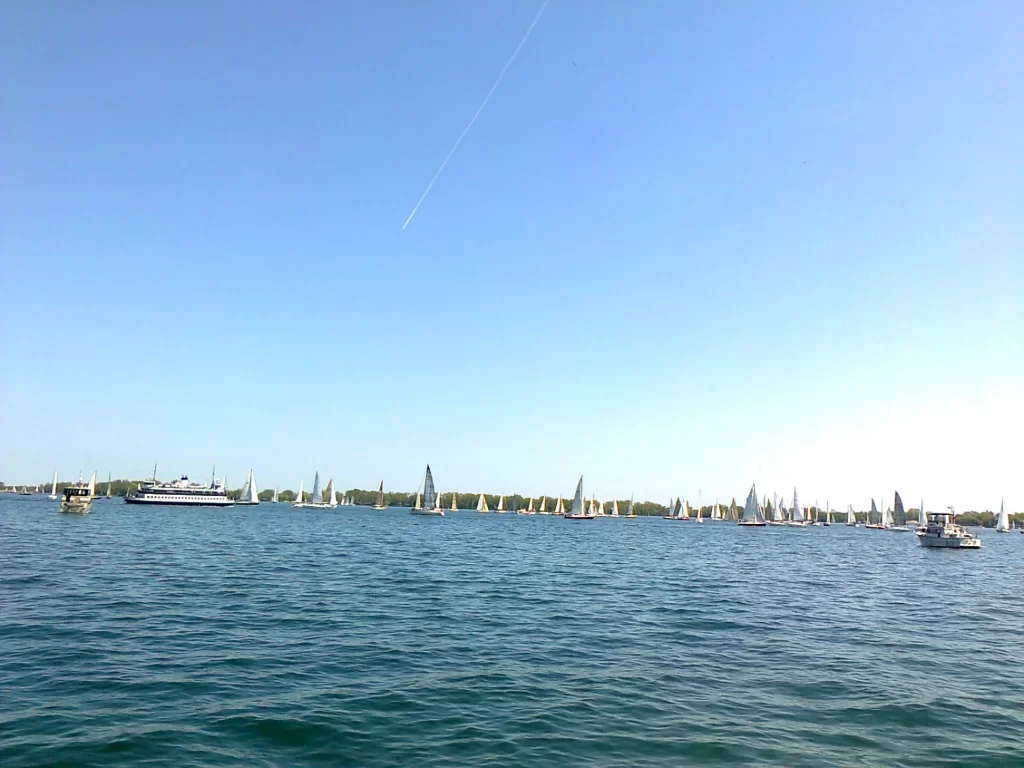
Sugar Beach Park
Toronto also has beaches, such as Sugar Beach Park. This man-made urban sandy beach park next to Toronto’s East Bay waterfront was opened in 2010, and is right across from the Redpath Sugar Refinery.
While visitors aren’t allowed to wade or swim in Lake Ontario, there are lots of other things to do, like chilling in one of the lounging chairs, reading, playing in the sand, and joining social activities.
Sugar Beach Park also has umbrellas, two giant granite rocks to sit on, an amphitheatre, and candy trim, so it’s a beautiful place to hang out without having to leave the city! Sugar Beach Park is also a popular spot for concerts and other events.
Bata Shoe Museum
Last but not least, if you have time, stop by the Bata Shoe Museum (327 Bloor Street W, Toronto ON M5S 1W7), a museum about footwear and its history. It has four galleries, and “regularly displays over a thousand shoes and related artifacts, chosen from a collection of over 13,000 objects”, as per their About page. Over 4,500 years of history are featured in “All about shoes”, their permanent collection, and the three other gallery displays change on a regular basis.
In 1979, Sonja Bata started the Bata Shoe Museum Foundation, and in 1995, the Bata Shoe Museum opened its doors. Unfortunately, I only saw this cool-sounding place from the outside, but some people I know visited it, and had an awesome time!
The Bata Shoe Museum is open Mondays to Saturdays from 10 am-5 pm, and Sundays from 12-5 pm, and general admission is C$ 14 per person. On Sundays, admission is free!
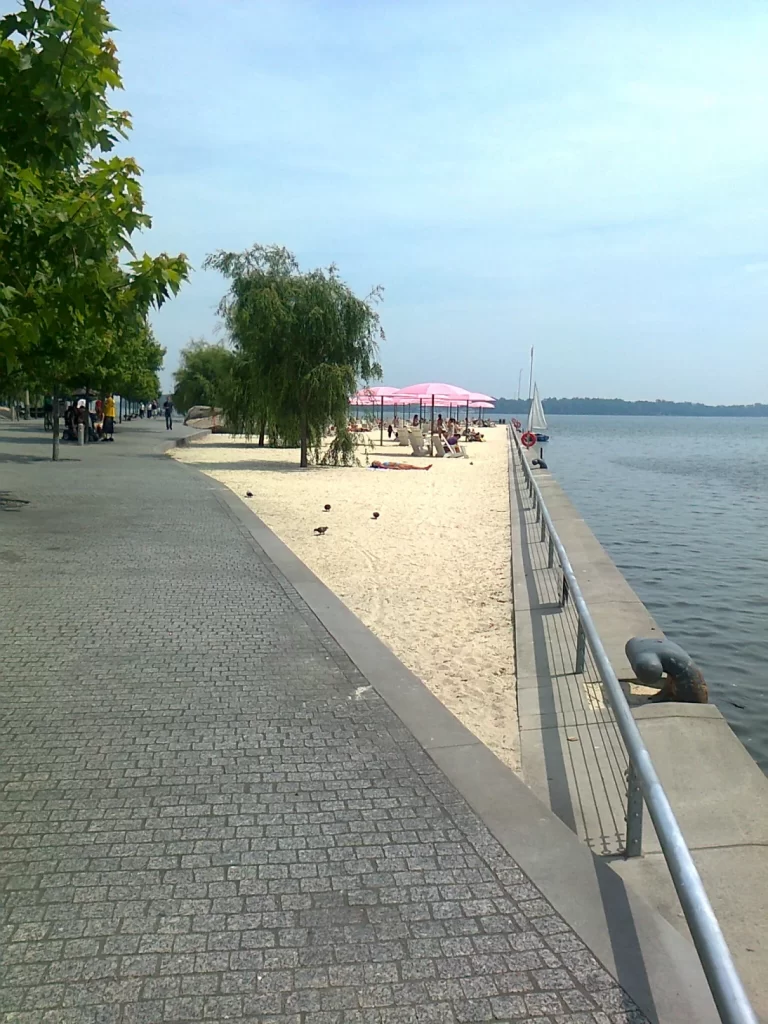
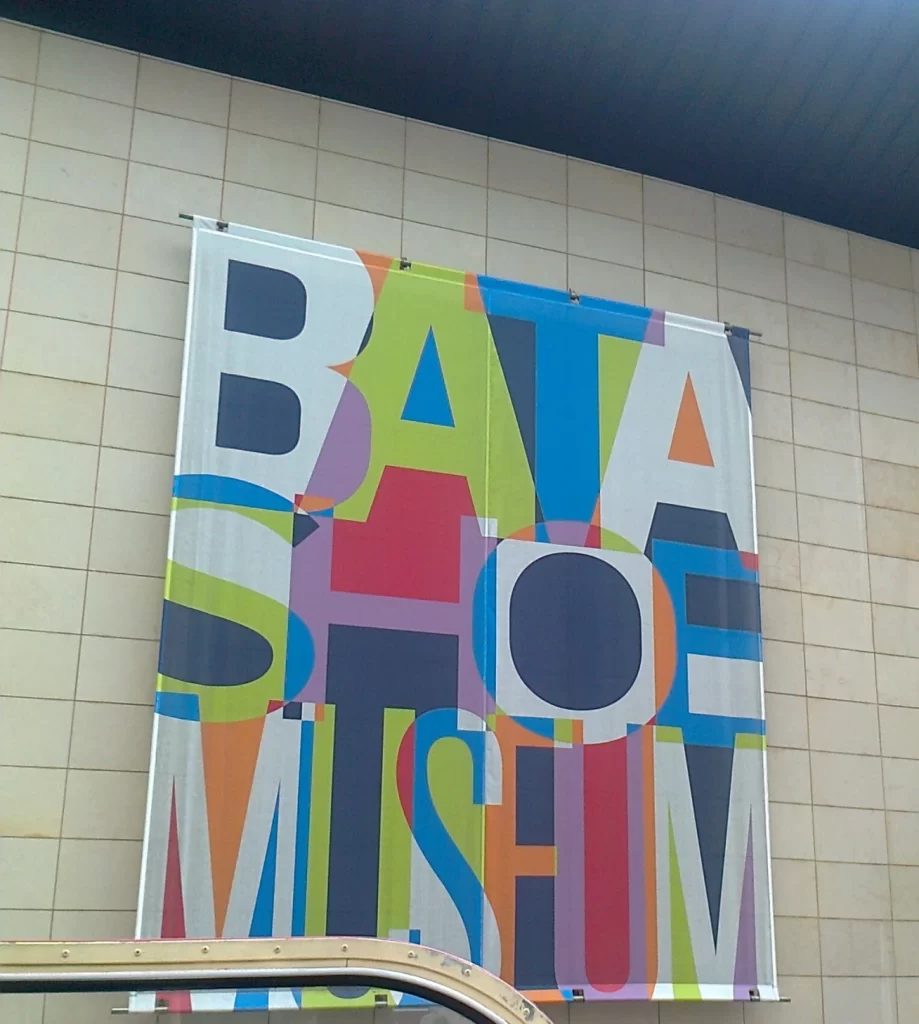
Sugar Beach Park and an outside poster of the Bata Shoe Museum.
Where To Stay in Toronto
Clarence Park Hostel
During my recent visit to Toronto in July 2023, I stayed at the Clarence Park Hostel (7 Clarence Square, Toronto ON M5V 1H1), which is only a short walk away from cool attractions, like CN Tower, King Street West (with its many restaurants and shops), and Kensington Market.
I slept in a female dorm, and the bed was very comfortable (especially if you’re in a wider lower bunk bed), and every dorm has a private bathroom. There’s a simple free breakfast consisting of toast and cereal every morning, and feel free to hang out in the common areas as well.

My Couchsurfing Experience
Back in 2012, I did Couchsurfing for about half of the time in Toronto. It’s a worldwide online community, where you can sign up to stay at local people’s homes at no charge.
I really liked meeting and getting to know my Couchsurfing hosts, seeing some parts of Toronto I hadn’t been to before (unfortunately, I don’t remember the specific neighbourhoods), getting insider tips on what to do, and saving lots of cash!
Because let’s be honest, although it’s fun to stay in hostels and hotels, the cost for accommodation can add up very quickly! I even heard that some of these stayovers can turn into friendships or even relationships for life!
On average, I stayed with a host for two to four days, and everyone was very kind and helpful. For example, one host introduced me to Dollarama, while others let me use their bike, or allow me to take advantage of the gym inside their building. As a thank you, I helped with cooking or household chores, bought them some booze, and told them about my travel stories.
It’s important though to stay with hosts who are verified by the Couchsurfing community, who have received good reviews from previous guests, and to tell your friends or acquaintances where you’re staying, especially if you’re a solo traveler.
Back in 2012, it was free to use the Couchsurfing website, but since May 2020, members in most developed countries, including Canada, have to pay a monthly fee of US$ 2.39 or US$ 14.29 for a whole year.
Where to Eat & Drink
Toronto is a great place to visit if you’re vegan or vegetarian, as it has 100+ veggie restaurants!
So during my visit in July 2023, I ate at these places:
My favourite was Tenon Vegan Sushi (487 Bloor Street W, Toronto ON M5S 1Y2), which offers authentic Japanese sushi dishes and Thai appetizers. While it’s a rather small restaurant, their menu features an awesome selection of more than 30 sushi rolls and many fake meat, fish or seafood dishes.
I went for the Soy beef on a Skewer appetizer, Kay Satay (Soy chicken on a stick with Thai peanut sauce), King Mushroom Special Roll, and Salmon Sashimi with cucumber. Everything was super tasty, so part of me just wanted to keep eating, lol!
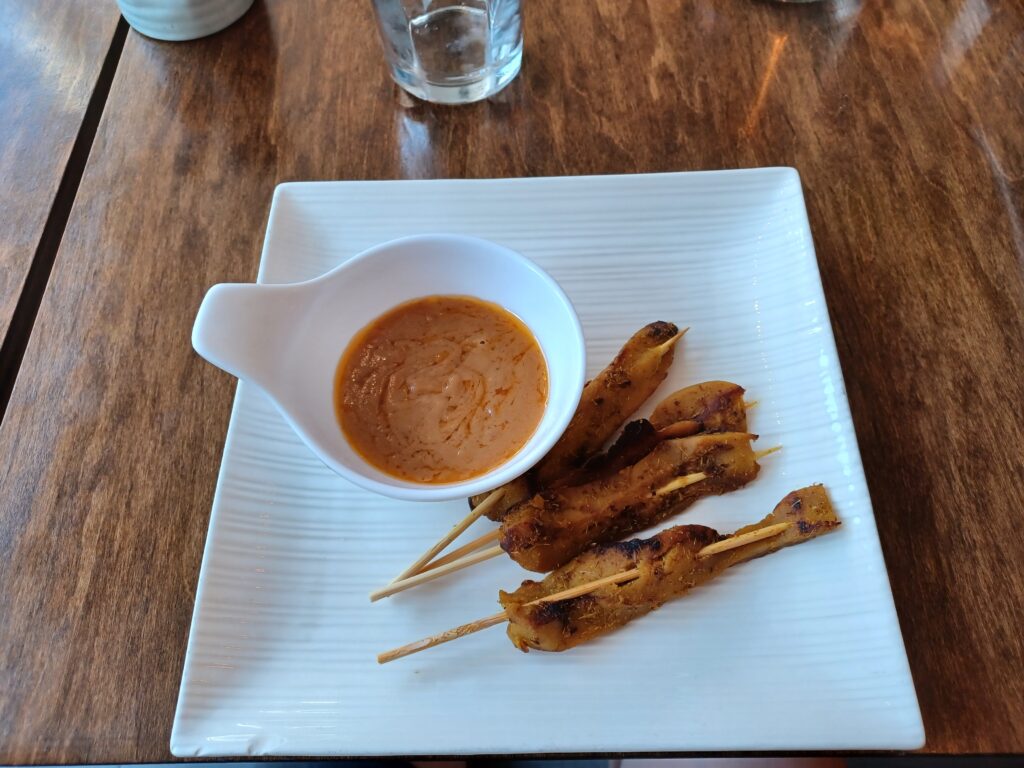
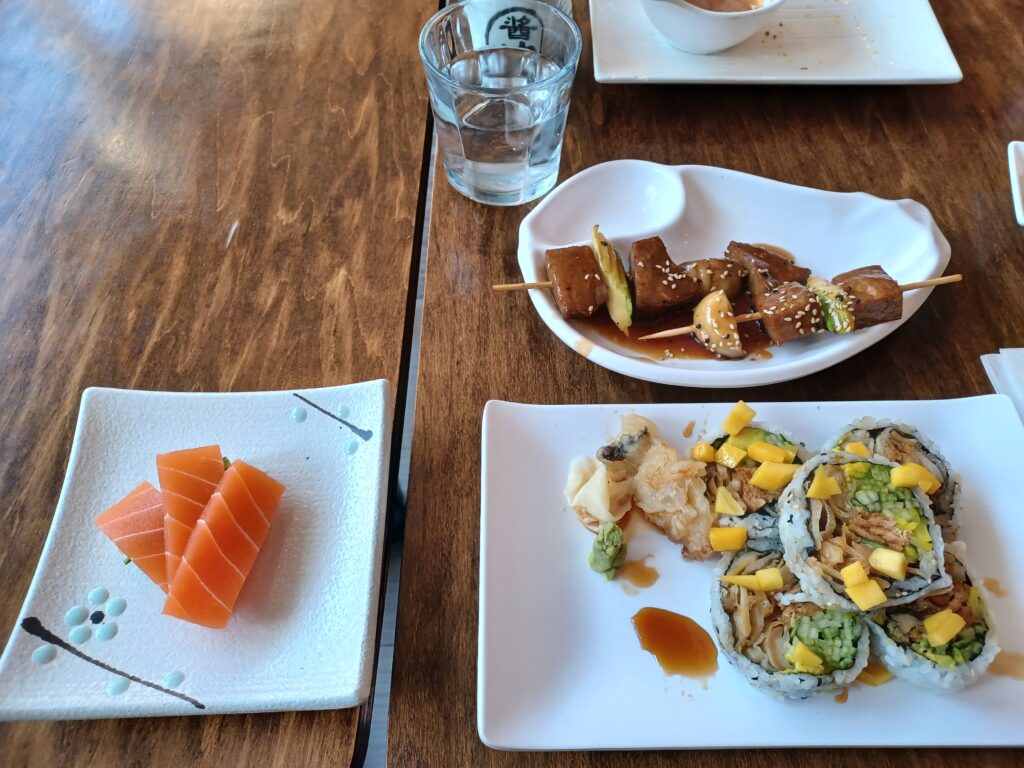
Another great restaurant I had to try was German Doner Kebab (246 Queen Street W, Toronto ON M5V 1Z7)! In case you don’t know, doner kebabs are a very popular street food in Germany, and while they serve meat, their Veggie Kebab with fries was delicious and very filling! :p

Of course, Toronto also has lots of dessert places to choose from!
If you’re vegan or gluten-free, a great place to check out is Bunner’s Bakeshop (244 Augusta Avenue, Toronto ON M5T 2L7) in the heart of Kensington Market. Their menu includes any pastry you can think of, from cakes, cupcakes, muffins, cinnamon buns, brownies, cookies, ice cream, to so much more!
I chose their Vanilla ice cream cone, and it was so nice and creamy!
Moreover, I went to Second Cup quite a lot back in 2012 and during my recent Toronto trip, and my favourite is their Frozen Hot Chocolate! They have locations all over the city.


How to Get Around in Toronto
It’s easy to get around in Toronto and its suburbs by public transit, which consists of subways, streetcars, and buses. The subway has two lines, the Yellow Line from Yonge Street to Union Station (north to south) and the Green Line, which runs from Etobicoke to Scarborough (via downtown Toronto) from east to west.
The Union Pearson Express takes you from Union Station in downtown Toronto to Toronto Pearson International Airport (about 25 minutes) and vice-versa, at a one-way cost of C$ 12.35. They run every 15 minutes, seven days a week.
Toronto also has a second airport, the Billy Bishop Toronto City Airport on Toronto Islands. It offers flights from/to more than 20 locations in Canada and the United States, including Montreal, Boston, Chicago, Halifax, New York, and Ottawa. Besides, it’s only a short walk to downtown Toronto!
Buses and streetcars go pretty much everywhere in and close to Toronto. GO Transit buses and trains and VIA Rail have their hub at Union Station in downtown, which take passengers to the Greater Golden Horseshoe region and other places in Ontario and beyond.
So it’s not necessary to rent a car, especially as traffic can be insane during rush hour in Toronto’s city centre! Of course, there are taxis as well, which can be expensive though, as well as Uber and Lyft rides.
If you’re into biking, Bike Share Toronto has 3,000 bikes available at almost 300 stations throughout the city, so it’s super easy to find one. But it’s fun to walk all over Toronto’s downtown area and beyond as well!
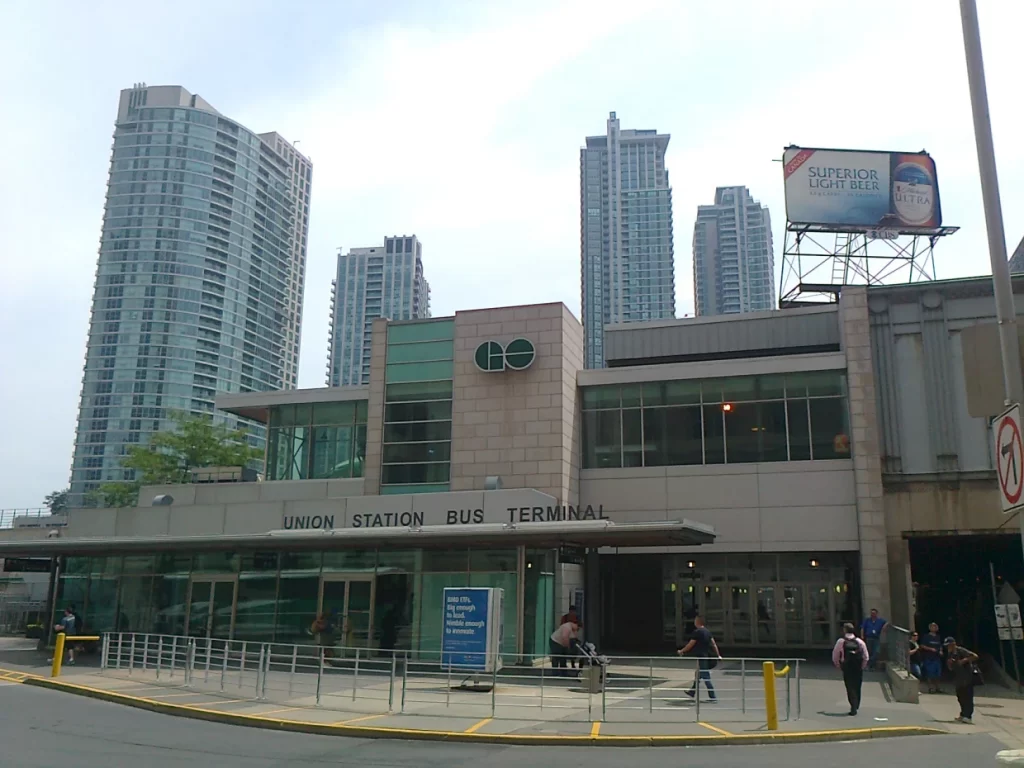
My Opinion on Toronto
Spending time in Toronto was an awesome start to my Canadian adventures in 2012. First of all, the locals I met were very nice and helpful. For example, I walked around with a tourist map (my antique phone didn’t have Google Maps) one day, and was surprised when total strangers asked me if they could help! This had never happened before, although I heard they are getting paid for this, and even if that was true, I much appreciated it!
I also liked Toronto’s multicultural and open-minded society, which in particular became evident in the Couchsurfing hosts I stayed with, who were from various countries and backgrounds, so it was interesting to learn about their culture and customs a little bit.
Another thing I like is that Toronto has some nice parks and other green spaces as well!
But it was really tough to find a job in May and June, which probably had to do with me not having much work experience (and none from Canada), and some people told me that many temporary positions were already filled earlier in the year with students. Of course, this is not Toronto’s fault!
Unfortunately, a few things were different in downtown Toronto during my recent visit. I noticed that it’s quite dirty now (11 years ago, I found it pretty clean), and there are way more homeless people as well. While they didn’t bother me at all, it’s makes me sad that this has gotten worse here, same as in another cities worldwide.
But of course, these things won’t stop me from visiting Toronto again in the future!

If you’re spending some time in Ontario and like reptiles, check out this post as well:
WWOOFing at Scales Nature Park
Disclosure: I only recommend products that I’ve used in the past, and all opinions expressed in this post are my own. This post contains affiliate links. If you use one of the links throughout the page to buy something, I may earn a small commission at no extra cost to you. Thanks.

